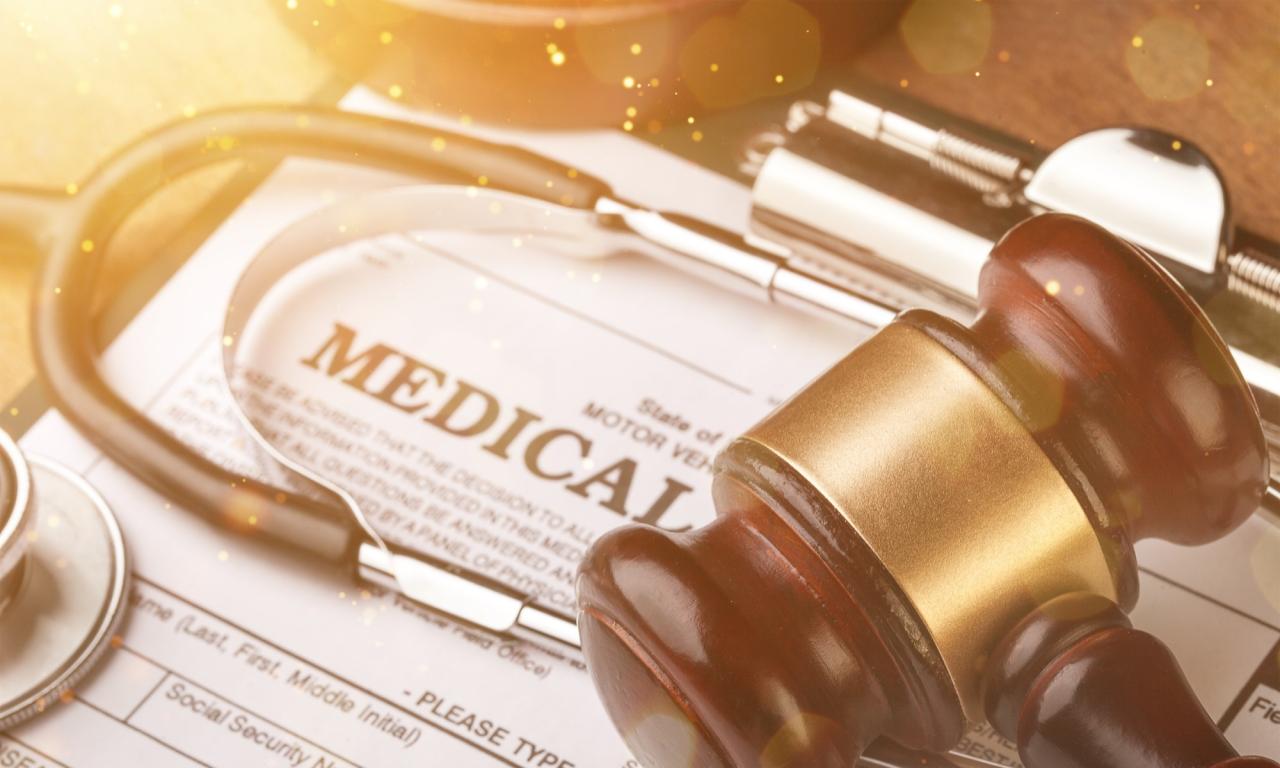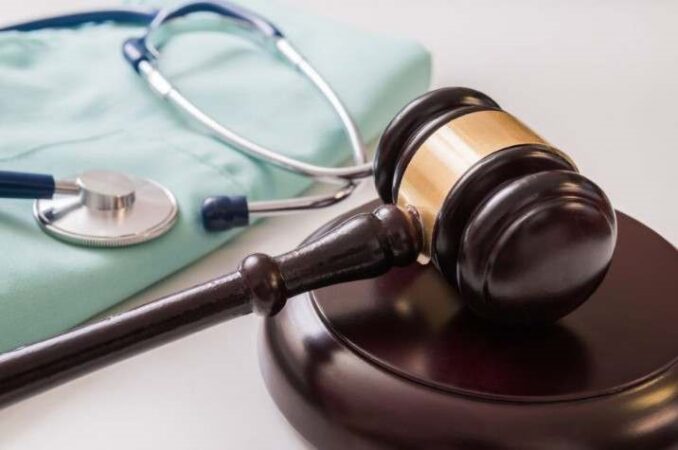
Understanding Medical Malpractice
Medical malpractice occurs when a healthcare professional or medical facility breaches their duty of care to a patient, resulting in harm or injury. This breach can take various forms, including negligence, recklessness, or intentional misconduct.
Common types of medical errors and negligence that constitute malpractice include:
– Diagnostic errors: Misinterpreting or failing to diagnose a condition, leading to delayed or inappropriate treatment.
– Treatment errors: Administering the wrong medication, performing surgery on the incorrect body part, or failing to provide necessary care.
– Communication errors: Failing to properly inform patients about risks and alternatives, or failing to consult with other healthcare professionals.
– Medication errors: Prescribing the wrong medication, incorrect dosage, or failing to monitor for adverse reactions.
– Surgical errors: Leaving surgical instruments or sponges inside the patient, operating on the wrong site, or causing unnecessary injury during surgery.
Role of a Medical Malpractice Lawyer

Medical malpractice lawyers are legal professionals who specialize in representing plaintiffs who have been injured due to the negligence of healthcare providers. They play a crucial role in ensuring that victims of medical malpractice receive compensation for their damages.
Their primary responsibilities include investigating medical malpractice cases, determining liability, negotiating settlements, and representing plaintiffs in court. Medical malpractice lawyers must have a deep understanding of medical law and the complexities of the healthcare system. They must also be skilled negotiators and litigators.
Representing Plaintiffs in Legal Cases
Medical malpractice lawyers represent plaintiffs in legal cases against healthcare providers, including doctors, nurses, hospitals, and other medical facilities. They work to prove that the healthcare provider breached their duty of care to the patient, causing them harm.
Medical malpractice lawyers gather evidence, such as medical records, expert testimony, and witness statements, to support their clients’ claims. They negotiate with insurance companies and defense attorneys to reach fair settlements. If a settlement cannot be reached, they prepare their clients’ cases for trial.
Investigating and Building a Case
Medical malpractice investigations are intricate processes that demand meticulous examination and evidence gathering. Attorneys meticulously analyze medical records, interview witnesses, and engage expert medical professionals to establish the validity of a case.
Gathering Evidence
Assembling a robust body of evidence is paramount in building a compelling medical malpractice case. Attorneys meticulously scrutinize medical records, including patient charts, test results, and imaging studies, to uncover potential deviations from accepted medical standards. They also conduct thorough interviews with the patient, their family members, and healthcare providers involved in the case. Additionally, they may consult with expert witnesses, such as medical professionals specializing in the relevant field, to provide objective assessments and opinions on the standard of care and whether it was breached.
Medical Records
Medical records serve as invaluable sources of information, documenting the patient’s medical history, diagnosis, treatment plan, and progress. Attorneys meticulously review these records to identify any discrepancies or omissions that may indicate negligence or wrongdoing.
Expert Witness Testimony
Expert witnesses play a crucial role in medical malpractice cases, providing specialized knowledge and opinions on the applicable standard of care. Attorneys carefully select experts with impeccable credentials and expertise in the relevant medical field to offer objective assessments of whether the defendant healthcare provider deviated from accepted medical practices.
Interviews
Interviews with the patient, family members, and healthcare providers involved in the case provide firsthand accounts of the events leading up to and surrounding the alleged medical malpractice. Attorneys conduct these interviews to gather detailed information, identify potential witnesses, and corroborate or challenge the patient’s version of events.
Negotiation and Settlement
Negotiation plays a crucial role in resolving medical malpractice cases. It involves discussions between the plaintiff’s attorney, the defendant’s attorney, and insurance companies to reach a mutually acceptable settlement.
Factors influencing settlement decisions include:
Liability
The strength of the plaintiff’s case, including evidence of negligence and damages, influences the defendant’s willingness to settle.
Damages
The extent of the plaintiff’s injuries, lost wages, and other expenses determines the potential value of the settlement.
Insurance Coverage
The availability and limits of the defendant’s insurance coverage impact the settlement amount.
Trial Process
In the event that negotiations and settlements fail, a medical malpractice case may proceed to trial. The trial process involves several key steps:
Jury Selection:
The first step is jury selection, where potential jurors are questioned by the attorneys to determine their suitability for the case based on their knowledge, biases, and ability to remain impartial.
Opening Statements:
After the jury is selected, the attorneys for both sides present their opening statements, outlining their arguments and the evidence they intend to present.
Presentation of Evidence:
The plaintiff’s attorney presents their case first, calling witnesses, introducing evidence, and arguing their client’s claims of negligence and damages. The defendant’s attorney then presents their case, refuting the plaintiff’s claims and presenting their own evidence.
Expert Witnesses:
Medical malpractice cases often involve expert witnesses, such as medical professionals, who provide their opinions on the standard of care and whether the defendant deviated from that standard.
Closing Arguments:
After all the evidence has been presented, the attorneys for both sides deliver their closing arguments, summarizing their cases and urging the jury to rule in their favor.
Jury Deliberations and Verdict:
The jury retires to deliberate and reach a verdict. They must determine whether the defendant was negligent, whether their negligence caused the plaintiff’s injuries, and the amount of damages to be awarded.
Judge’s Role:
The judge presides over the trial, ensures that the rules of evidence are followed, and instructs the jury on the law applicable to the case.
Damages and Compensation

In medical malpractice cases, the damages awarded can vary widely depending on the severity of the injury, the extent of the negligence, and the jurisdiction in which the case is filed. Damages are typically divided into two categories: compensatory damages and punitive damages.
Compensatory damages are intended to compensate the victim for their losses, such as medical expenses, lost income, pain and suffering, and emotional distress. Punitive damages are intended to punish the defendant for their misconduct and deter them from engaging in similar conduct in the future.
Calculating Damages
The amount of damages awarded in a medical malpractice case is determined by a number of factors, including:
- The severity of the injury
- The extent of the negligence
- The victim’s age, occupation, and life expectancy
- The jurisdiction in which the case is filed
In some cases, the damages awarded may be capped by law. For example, in some states, there is a limit on the amount of punitive damages that can be awarded.
Distributing Damages
Once the amount of damages has been determined, it is distributed to the victim and their family members. The distribution of damages is typically determined by the court, but it can also be negotiated between the parties.
In most cases, the victim will receive the majority of the damages. However, family members may also be entitled to damages if they have suffered losses as a result of the medical malpractice, such as lost income or emotional distress.
Ethical and Professional Considerations

Medical malpractice lawyers are bound by a strict set of ethical and professional responsibilities that guide their conduct and ensure the fair and just resolution of cases.
One of the most important ethical considerations is maintaining confidentiality. Lawyers are obligated to keep all client information strictly confidential, including medical records, communications, and any other sensitive information that may be disclosed during the course of representation.
Conflicts of Interest
Medical malpractice lawyers must also be mindful of potential conflicts of interest. A conflict of interest arises when a lawyer’s personal or financial interests could compromise their ability to provide objective and unbiased representation to their client. For example, a lawyer who has a financial stake in a healthcare provider may be reluctant to pursue a case against that provider, even if the client has a valid claim.
Legal Standards
In addition to ethical considerations, medical malpractice lawyers must also adhere to all applicable legal standards. These standards include the rules of professional conduct, which govern the conduct of lawyers in all jurisdictions, and the specific laws and regulations governing medical malpractice cases.





